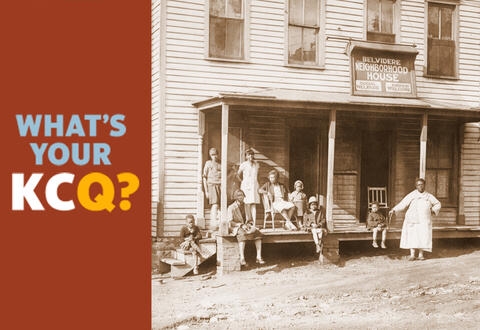Belvidere Hollow: KCQ Unearths Kansas City's Lost Black Neighborhood

What's Your KCQ? What do you want to know about our community? The Library and The Kansas City Star combine resources to find answers to questions about regional topics.
In the Historic Northeast, east of downtown and just beyond Interstate 29, lies Belvidere Park — what now may appear to be an empty space. But at the turn of the 20th century, the area was a burgeoning Black neighborhood.
A local reader reached out to What’s Your KCQ? — a partnership between the Kansas City Public Library and The Kansas City Star — to see if Belvidere Hollow still exists. The short answer is no, but that comes with a story.
No one agreed on the exact boundaries of the hollow, but it was somewhere between Pacific Street, and Independence, Troost, and Lydia avenues.
In the late 1800s, the area had originally been called Claber’s Hill (also spelled Clabber’s Hill) and was inhabited by mostly Irish settlers. By the mid-1880s, it was commonly called Belvidere Hollow. Though the origin of the hollow’s name remains unclear, the literal Italian translation of Belvidere is “a beautiful sight.”
Belvidere Hollow, and Hick’s Hollow to the east, served as disembarkation points and encampments for Exodusters — Black Southerners, including formerly enslaved people, migrating to Kansas and other northern states to seek better opportunities with less racial discrimination.
Initially racially ambiguous, Belvidere Hollow later became known for its Black residents, especially as racial covenants and redlining segregated the city’s white and non-white citizens.
Read the rest of the story at KCHistory.org.